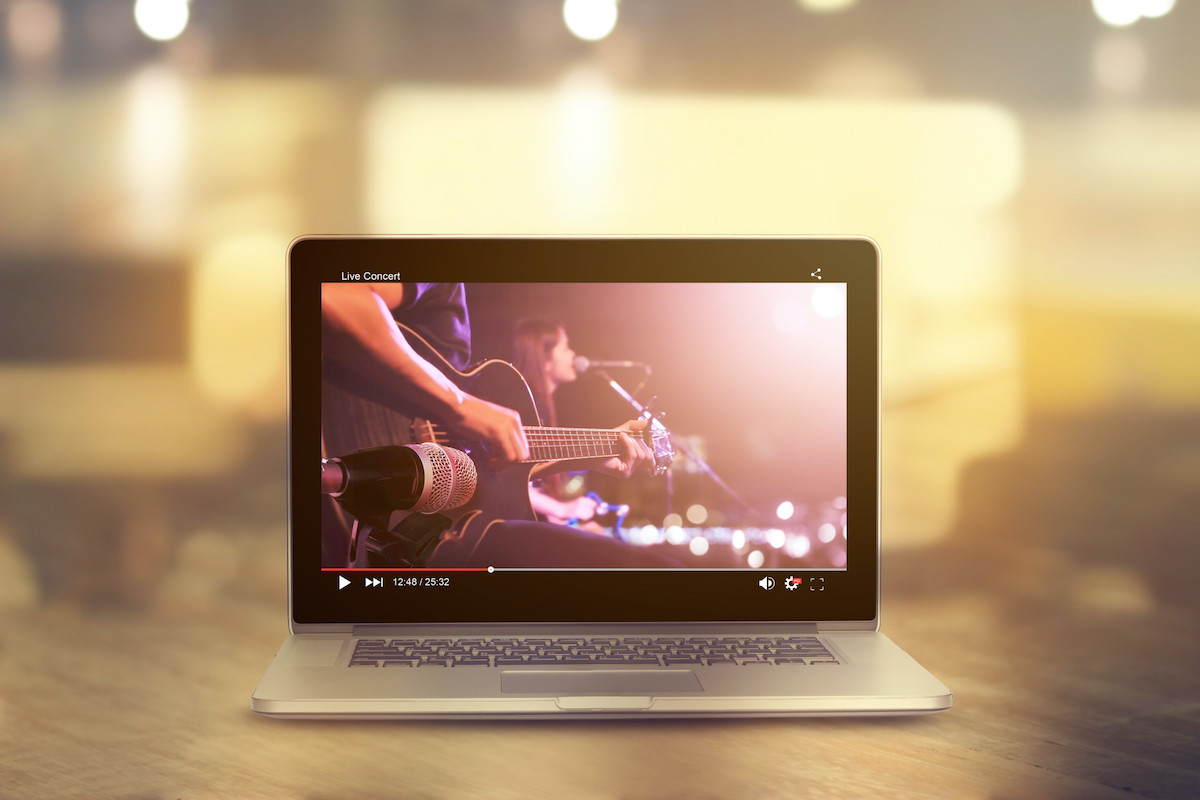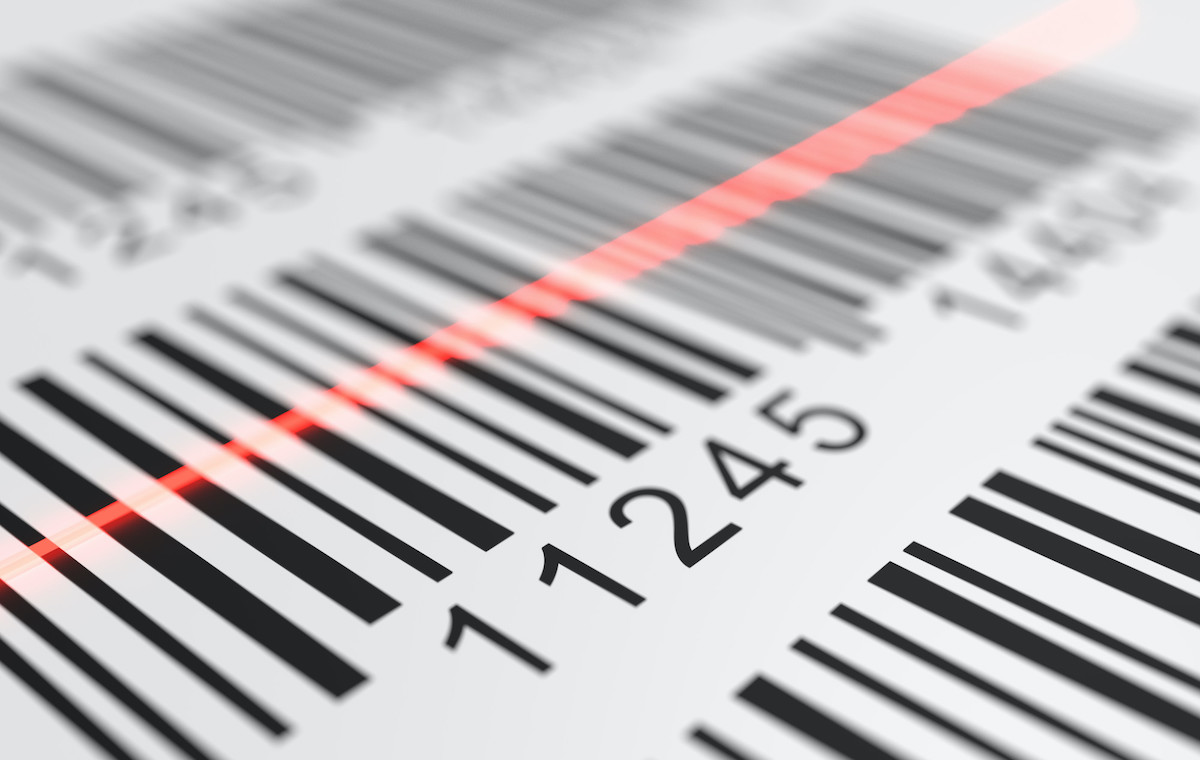Did you know that being a professional musician is one of the most popular “dream jobs” for kids today? While not the easiest dream to make a reality, thanks to technology, it’s easier than ever to record your own music.
In fact, if you learn how to make music on your computer, you can even produce and sell your own albums, helping you make money off of music!
In this article, we’ll tell you what you need to get started making music at home. We’ll also tell you what gear to purchase, as well as what mistakes to avoid, so you can create a home studio that works for you.
Now then, let’s get started!
Get All the Gear That You Need
Before you can start making music at home, you first need to purchase all of the gear that you need in order to do so. The type of music you plan to make will determine the kind of gear you need.
From our partners:
With that in mind, there are a few pieces of gear that almost any musician will need to make music with their computer:
1. Digital Audio Workstation (DAW)
One thing that every musician needs to make their own music is a digital audio workstation (DAW). Your DAW is the computer program that you’ll use to record, edit, and export your music with and is the heart of your entire setup.
If you’re working on a budget, a free DAW like Audacity works quite well and can help you get something recorded. All Mac users have access to GarageBand, another free DAW, which can do pretty much anything any major DAW can do with little limitations.
With that being said, DAWs like ProTools and Logic Pro, while pricey, are both worth considering if you have the funds and want to use what the pros use.
2. Audio Interface
In order to record an instrument, or sound from a microphone, you need to have a way to plug them into your computer. While USB instruments and microphones exist, using an audio interface to record instruments with XLR cables will give you better results for a similar price.
Audio interfaces are both affordable and easy to use. Most are plug-and-play and don’t require any extra programming to get working properly. Just make sure you pick up an audio interface that works with your computer, especially if you’re a Mac user, so you can get started right away.
3. Microphone/Other Accessories
Once you have a DAW, and an audio interface, it’s time to pick up some other gear and accessories. A microphone, XLR cables, and other instruments are all worth considering, depending on what type of music you want to make.
A pro tip? Try to pick up a microphone that does a good job of not picking up any background noise. Odds are your home isn’t as well insulated as a professional studio, so accommodating for that by purchasing a quiet mic can help you get better sound quality.
4. Speakers and Headphones
Last but not least, you want to get some quality sound gear that you can use to mix and master your songs with. Standard headphones and computer speakers won’t work for this, as they don’t give you an accurate representation of how your music actually sounds.
Studio monitors, or at least studio monitor headphones, are an absolute must-have. They’ll let you hear how your music really sounds, without any built-in EQing that is featured in standard headphones.
This will allow you to mix your songs so they sound good in any speaker or headphone.
Pick the Right Room in Your House
Having all of the right gear is extremely helpful. But knowing how to use it the right way is even more important.
The first thing you need to know in order to get the most out of your gear is how to pick an area in your home to record. Finding a room that is carpeted, for example, will help reduce echo and improve your sound quality. Limiting outside noise by avoiding rooms with lots of windows is also helpful, as again, it makes your sound quality that much better.
Picking up some foam wall insulation, if your budget allows for it, can also make your room (and your recordings) sound better.
Let YouTube Be Your Teacher
There’s an abundance of useful information on the internet for musicians. Meaning that regardless of what type of music you want to make or what DAW you choose to master, you can find tutorials online to help speed up your journey.
YouTube is especially helpful for new musicians starting from scratch. You can even use a free online tool to convert video to mp3, allowing you to get music files and sound samples from YouTube to use for your own music.
Practice Often and Be Patient
The old adage of practice makes perfect is very much a real thing. In order to get good at making music, and comfortable with your setup, you need to practice often so you can remove thinking from the process.
Eventually, you’ll be able to just create, without thinking about what you’re doing tech-wise. This will allow you to bring your ideas to life that much more easily, and faster, too.
Before that happens, you need to make sure you stay patient and don’t let frustrations prevent you from continuing your journey. It’s not going to be easy, but if you give it time, you’ll be surprised at how good you get after only a few months.
Learning How to Make Music on Your Computer
Well, there you have it! That is a beginner’s guide on how to make music on your computer!
Remember, your gear and where you record in your home are key if you want to get high-quality recordings that can compete with those from big-budget studios. That, combined with lots of patience practice, can help you become a professional musician!
Looking for more technology tips and tricks? Check out our blog!













